smart EQ fortwo 2021 Review
75 / 100
Overall
£22,495 inc VAT
Price as Reviewed
£216.93 exc VAT
Business Lease
Pros
- Fun to drive around town
- Parks in spaces other vehicles cannot reach
- Bigger boot than you’d expect
Cons
- Miniscule range
- No DC charging
- Only two seats
Verdict
Despite the short range, the Smart EQ fortwo still just about makes sense for a city-only or short commuting vehicle. It’s cheap by EV standards, but not great value. However, as urban transport for one or two people, its tiny size makes it easy to park and it is great fun to drive. But it could only ever be your second car unless you never leave the city.
Range (WLTP): 81 miles Top Speed: 81 mph 0 to 62: 11.6 sec Cost/Mile (@14p/kWh): 2.9p
City Driving
Fun Factor
Practicality
Design & Tech
Value
Mục Lục
Introduction
The EV revolution isn’t just about switching our conventional cars from internal combustion to electric motors. It’s also about rethinking the kind of mobility we actually need for the types of journeys we do most regularly. For urban travel where public transport doesn’t fit the bill, that could mean smaller cars. One manufacturer that has been delivering vehicles fulfilling this need for over 20 years is smart, and in electric form since 2007. The latest version is the smart EQ fortwo. Does smart’s 14 years of selling electric mean this car is mature and developed, or outclassed by newer electric designs?
Price and Options
The smart car was a unique take on city transport when it arrived over 20 years ago, with just enough space for two occupants and a little bit of luggage, plus a frugal three-cylinder turbo 500cc or 700cc motor. There have always been cabriolet versions, as well as special editions, and even “hot” BRABUS versions. The four-door smart forfour arrived in 2004.
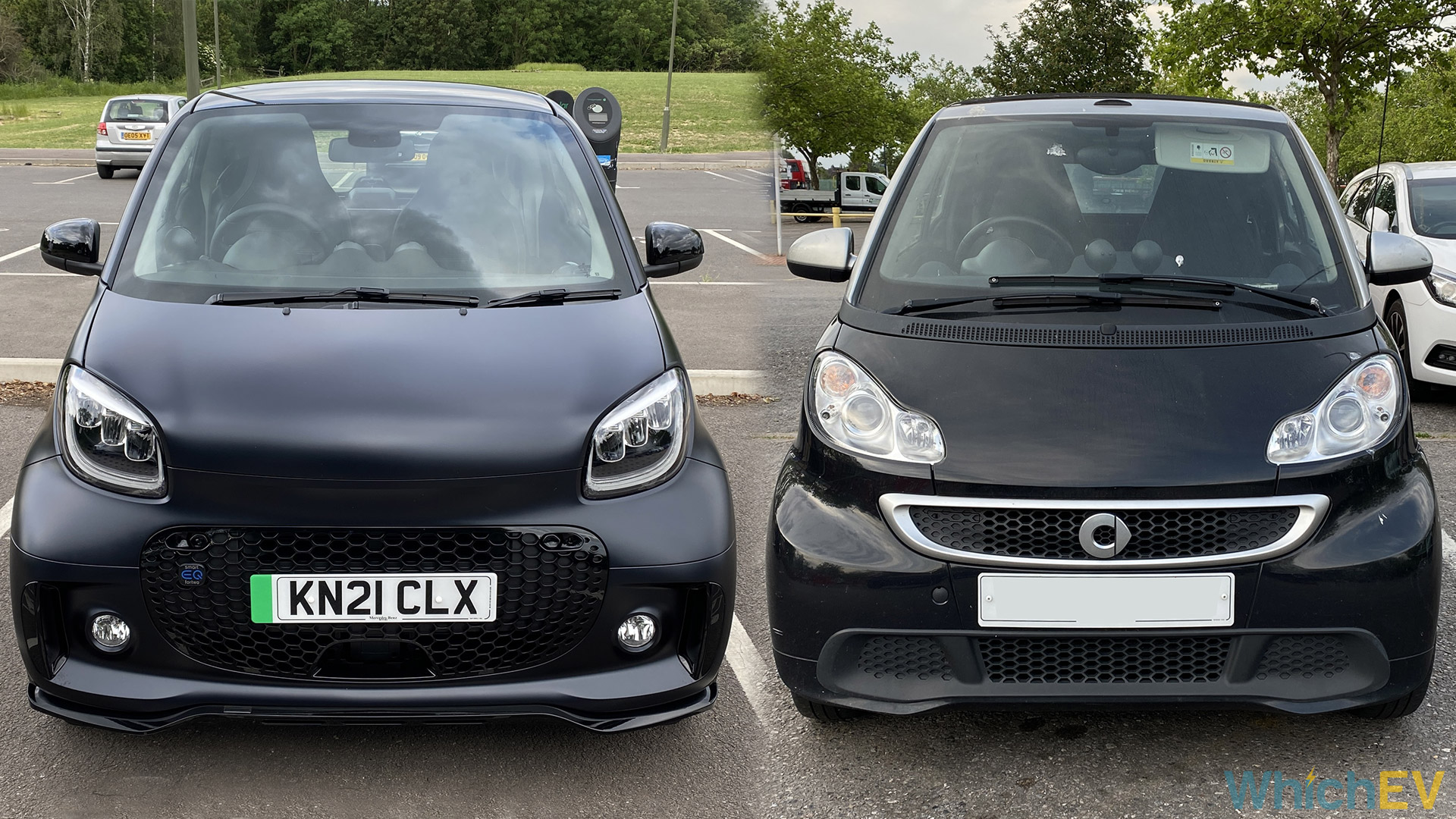
The classic fortwo remains a two-seater, however, and is still much shorter than an average car. It’s only a foot longer than Citroen’s miniscule Ami. But unlike much-derided electric two-seaters like the G-Wiz, the smart is from the Daimler group so has some semblance of luxury about it, especially in the higher trim levels.
Nevertheless, the smart EQ fortwo is cheap by EV standards, and one of the cheapest on the market. The basic premium model is £19,200 including the government £2,500 grant, then there’s an exclusive trim for £20,350, and a BRABUS line for £21,495. The bluedawn edition, which we were loaned for review, is £22,495. However, it’s worth remembering that the basic electric Fiat 500 is only £100 more expensive than the smart EQ fortwo exclusive, and the Passion version is only £1,500 more for a lot more range (which we will get to shortly).
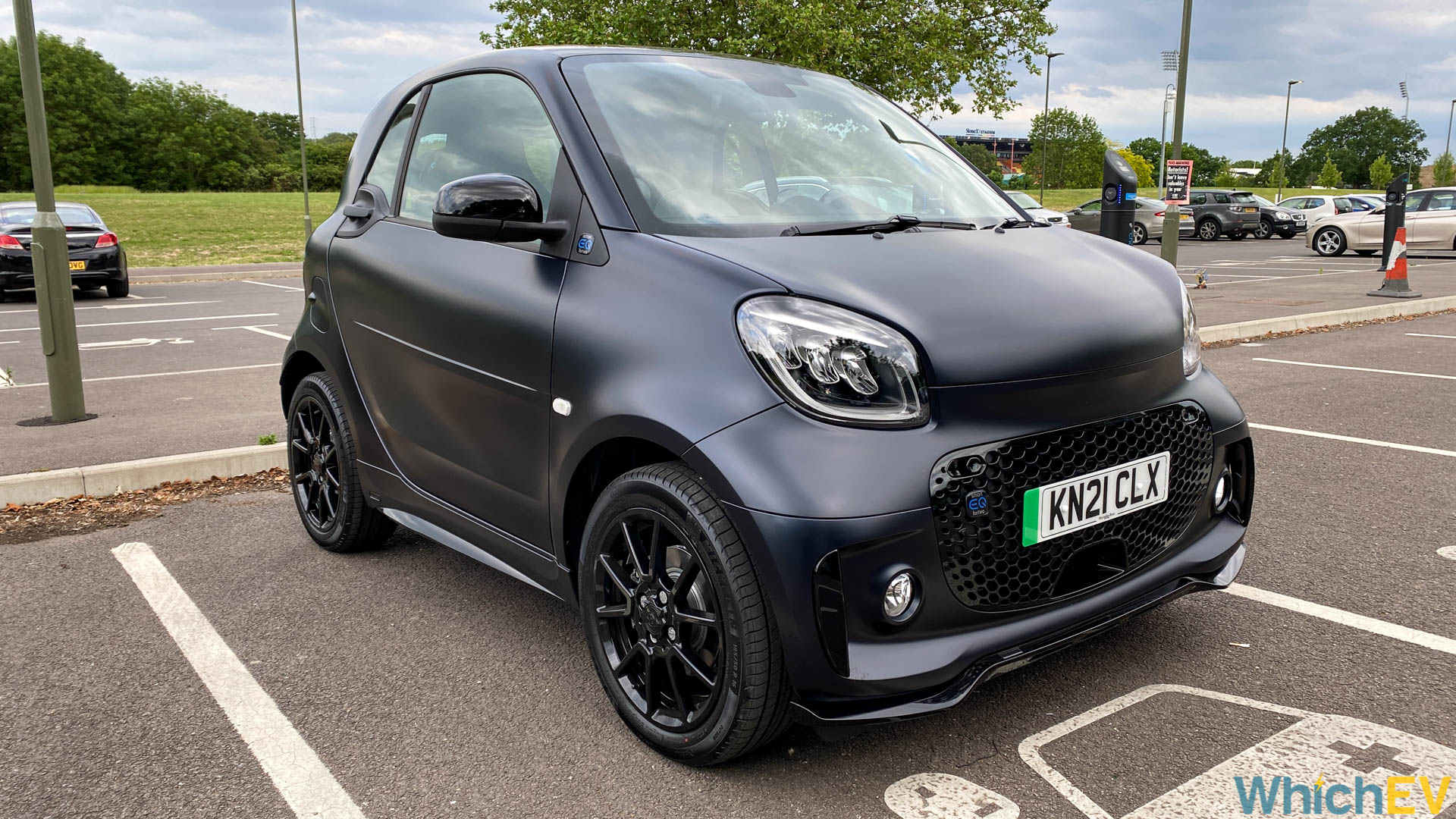
The Fiat 500 is a valid comparison for the smart EQ fortwo because both cars have a cabrio option. With the smart, this adds £2,400 to the price, whereas the Fiat adds £2,650. The cabrio is not available with the blue dawn edition. However, the Fiat and smart are different beasts because above the basic 500, the Fiat is a bit more than just a city car, with two extra seats, whereas the smart is very much a car for overcrowded cities, and has a nicer interior feel, which we will get to later.
Although it’s cheap, the smart EQ fortwo also isn’t top value when the much more capable MG5 EV Long Range is available for a few grand more. However, again the fortwo is all about having a car no bigger than you need for city journeys, with the ability to park in spaces where no other cars can fit.
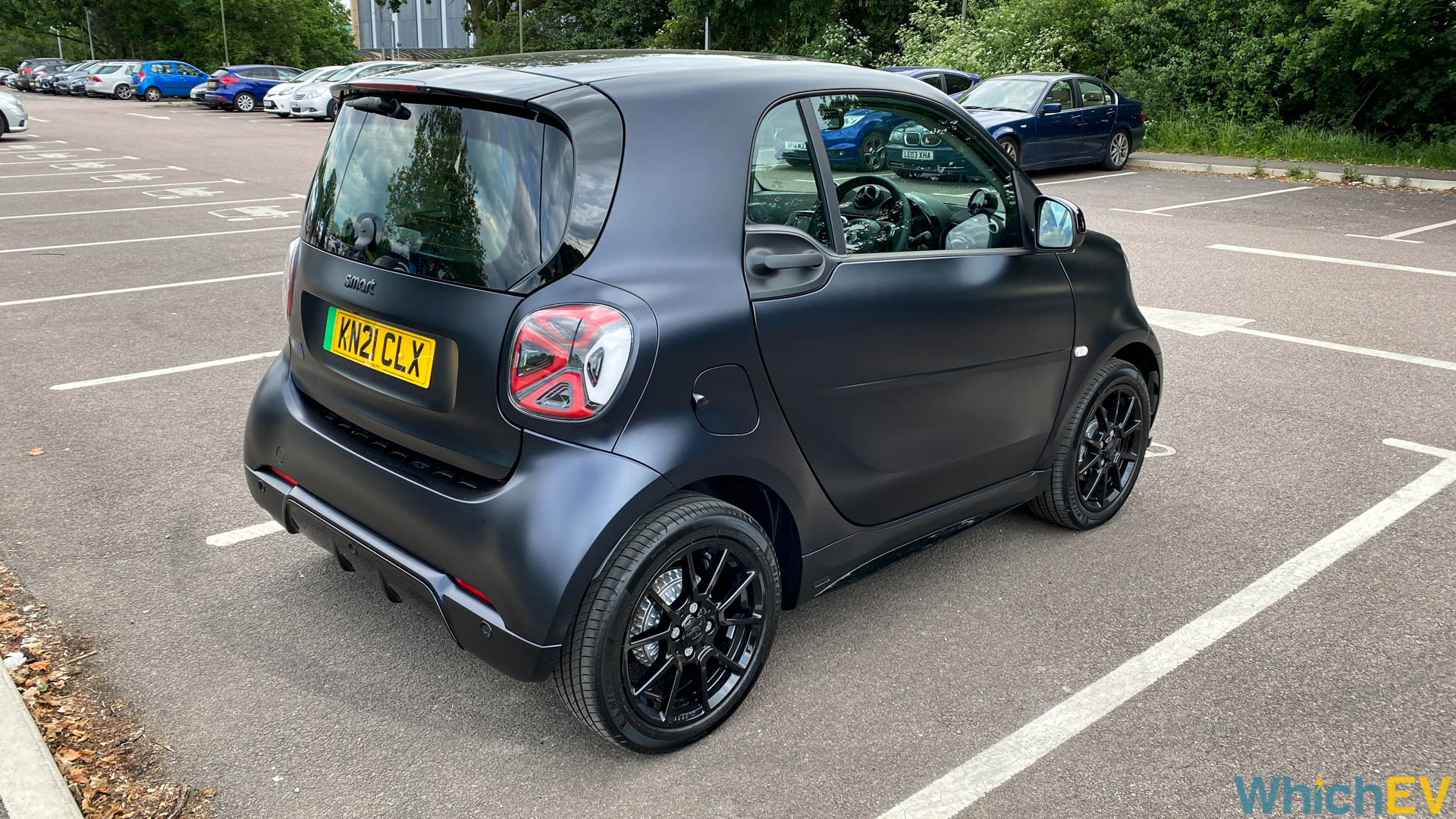
The only real differences between the four different trim versions of the fortwo are the styling and design elements, which are too subtle and numerous to go into here. The motor and battery are the same throughout, despite the BRABUS name. There have been discussions online about the BRABUS EQ being more powerful, but that is not officially confirmed by smart.
All cars have the “winter package”, which includes heated steering wheel, heated seats, pre-entry climate control, and better insulation. Even the panoramic sunroof is standard across all trim levels. There are no significant functional differences across the range.
There are lots of paint colour choices, though, ranging in price from £225 to £425. Many of these are two-tone, with the main body a different colour to the roof and rear pillar. However, the sapphire blue matte finish on our review car is exclusive to the bluedawn.
Exterior Design
The latest version of the smart EQ fortwo is more rounded, bulky and muscular than previous iterations. Compared to the original, it is 195mm longer, 153mm wider, and 55mm taller, although the wheelbase is only 63mm longer. The result is an appearance that is a bit more conventional than earlier models, but this is still an eye-catching vehicle.
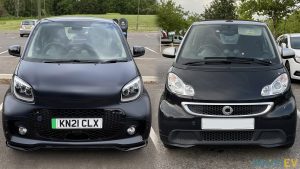
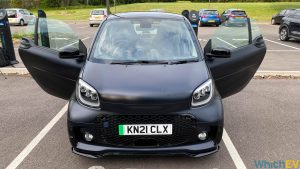
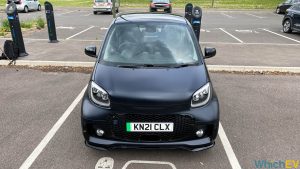
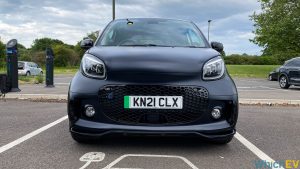
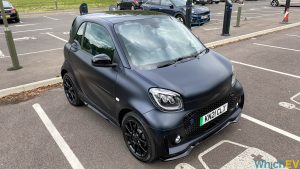
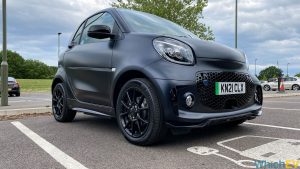
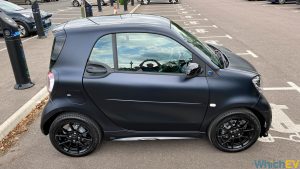
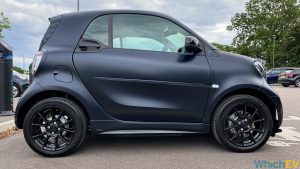
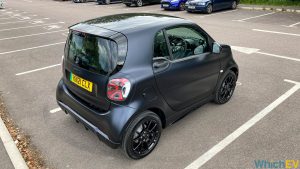
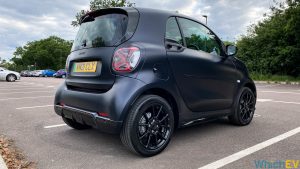
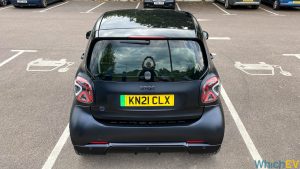
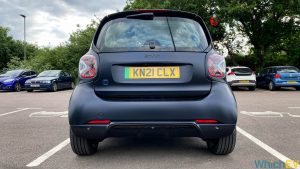
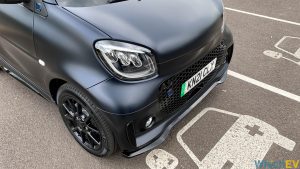
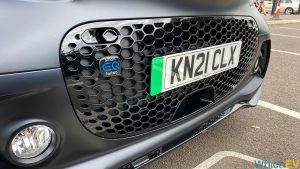
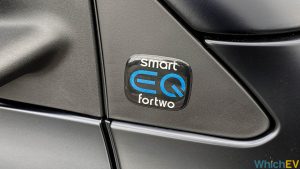
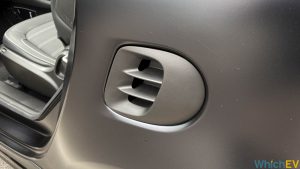
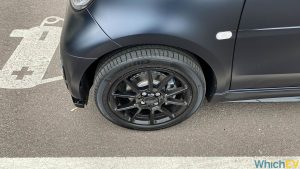
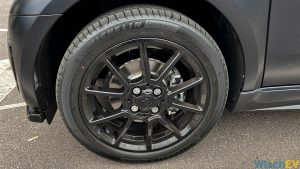
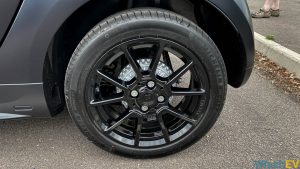
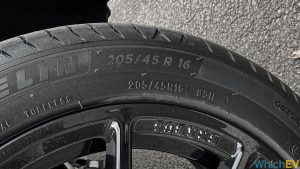
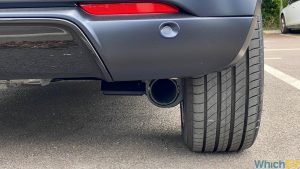
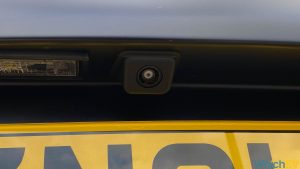
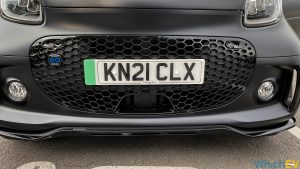
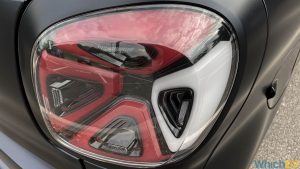
We think the facelift on the EQ, which arrived in 2019, looks pretty cool, and the matte finish on the bluedawn paintwork gives it a mean and moody appearance. However, owners will have to be wary of bird poo staining, which this kind of paint is highly susceptible to, so parking under a tree is best avoided at all costs. All wheels are 16in alloys, with different designs for each trim level. Surprisingly, considering the decent equipment level in other areas, none of the smarts have keyless entry, so getting inside is a rather old-fashioned process of pressing a button on the key fob.
Interior Comfort
The smart comes from the same stable as Mercedes, so the interior is not lacking in luxury, albeit not in every area. This bluedawn edition we drove has black leather seats with grey stitching, as does the exclusive, but the premium has black fabric. The BRABUS line has black fabric with white stitching. As we already mentioned, all these seat versions are heated.
WP Photo Sphere (smart EQ fortwo Interior)
While this is a tiny little car with room for just two occupants, it’s not cramped for those two people. In fact, it feels quite normal car-sized inside until you look back and remember there aren’t any back seats. The headroom is decidedly decent for the size, and the panoramic sunroof further adds to the sense of space. This doesn’t have a window you can open, though, and the blind covering it is also manual.
The seats are comfortable enough, although you’re not going to be driving long distance in the smart, which we will get to in a bit. We don’t like how the seat belt cuts into your shoulder, though. There is a clip on the driver’s door to help alleviate that, but it’s only partially effective and there isn’t one for the passenger. The seat adjustments are manual, too, with no electric options, although you do get electric adjustment for the mirrors.
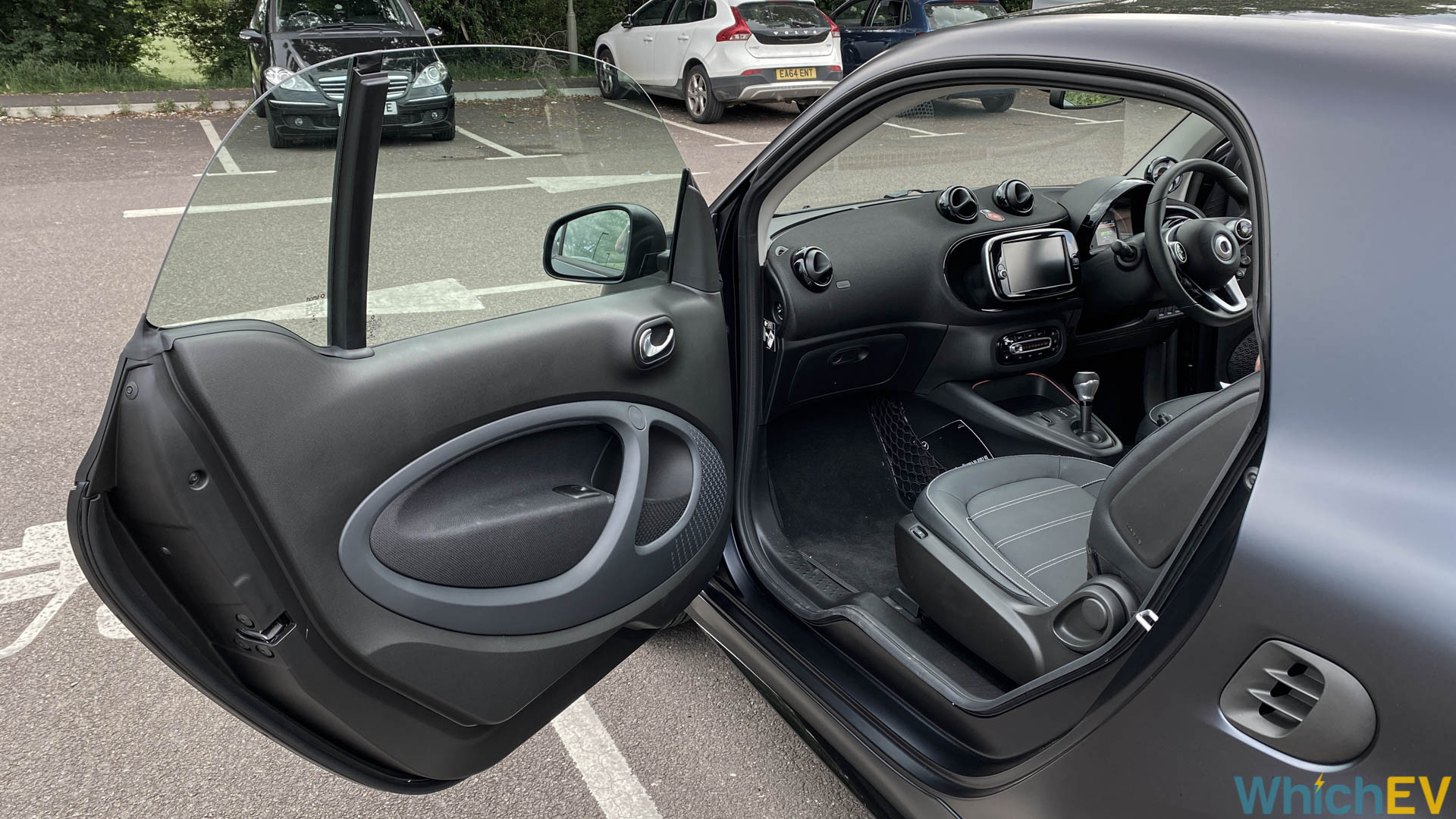
In the central console there is a pad that looks like a wireless phone charger and it’s large enough for a big device like the iPhone 12 Pro Max. But it isn’t, and that doesn’t appear to be an option in this car. There are a couple of cupholders towards the front, and a 12V car power adapter under the central armrest. Smart provided a bundle of cables with our car, which we are not sure are standard issue although they were Mercedes branded. However, the USB ports they plug into are directly behind the cupholders, making this not a great place to plug in your phone and it will be hard to have one phone and two cups at the same time.
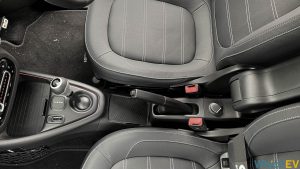
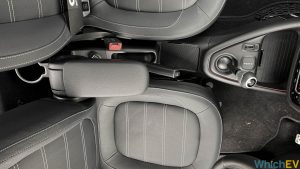
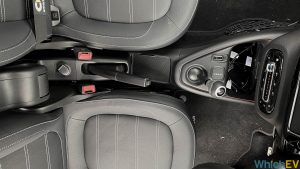
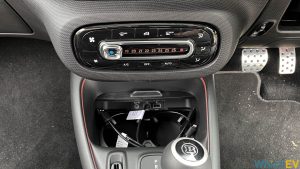
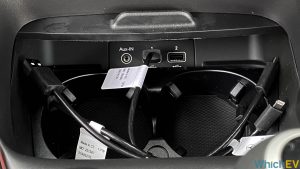
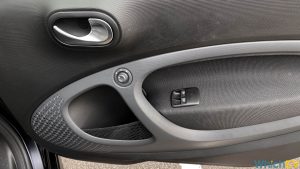
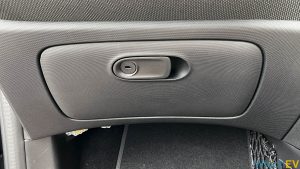
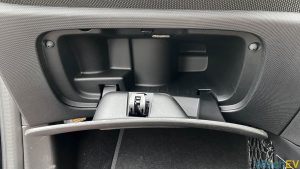
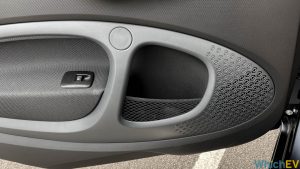
The passenger side does have ISOfix points for a child’s car seat but not the driver’s side, obviously, because that would be silly. The glove compartment is absolutely tiny – barely enough for a single glove. Despite the fact there are no rear seats, there is a rear cupholder and pockets on the back of both seats. We suspect these are for the forfour because neither are easily accessible to people sitting in the front.
Storage and Load Carrying
You would be forgiven for thinking the smart EQ fortwo doesn’t have a boot, but it does, and it’s not as small as it appears on the outside. To get to it, you have to open the glass at the top and then pull a handle to release the panel below. The boot revealed is 260 litres, which is more than a Honda e or Mini Electric, and the same as a BMW i3, all of which are much larger cars. It will be perfectly ample for a couple’s weekly grocery.
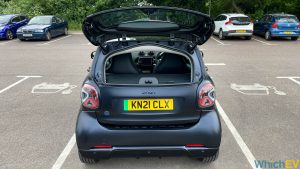
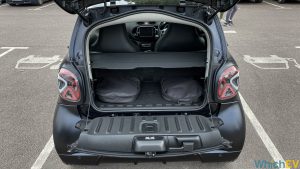
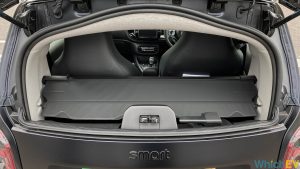
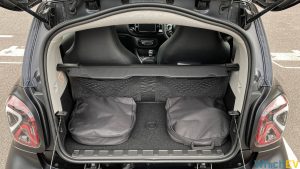
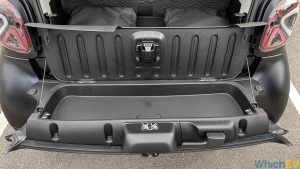
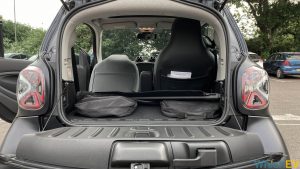
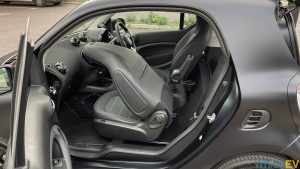
There’s no space beneath the boot floor so the charging cables have to sit loose in the boot. But there is a little cubby in the lower door itself, which isn’t large enough for cables but could come in handy for other things. Another surprise is that you can actually drop the front passenger seat entirely forward and remove the netting separating the boot from the cabin. We couldn’t find a measurement of how much extra capacity that gives you, but you could carry something the length of a broom, making a trip to the DIY shop not completely out of the question. This is commendable design thinking from smart.
This won’t be as long a section of this review as some, because the technology in the smart EQ fortwo is decidedly limited. For starters, there is no keyless starting – you actually have to stick the key into a keyhole in the steering column and turn it while your foot is on the brake to start up the system. Even the handbrake is manual, which feels like a huge anachronism after all the electronic parking brakes or even nothing at all on most EVs.
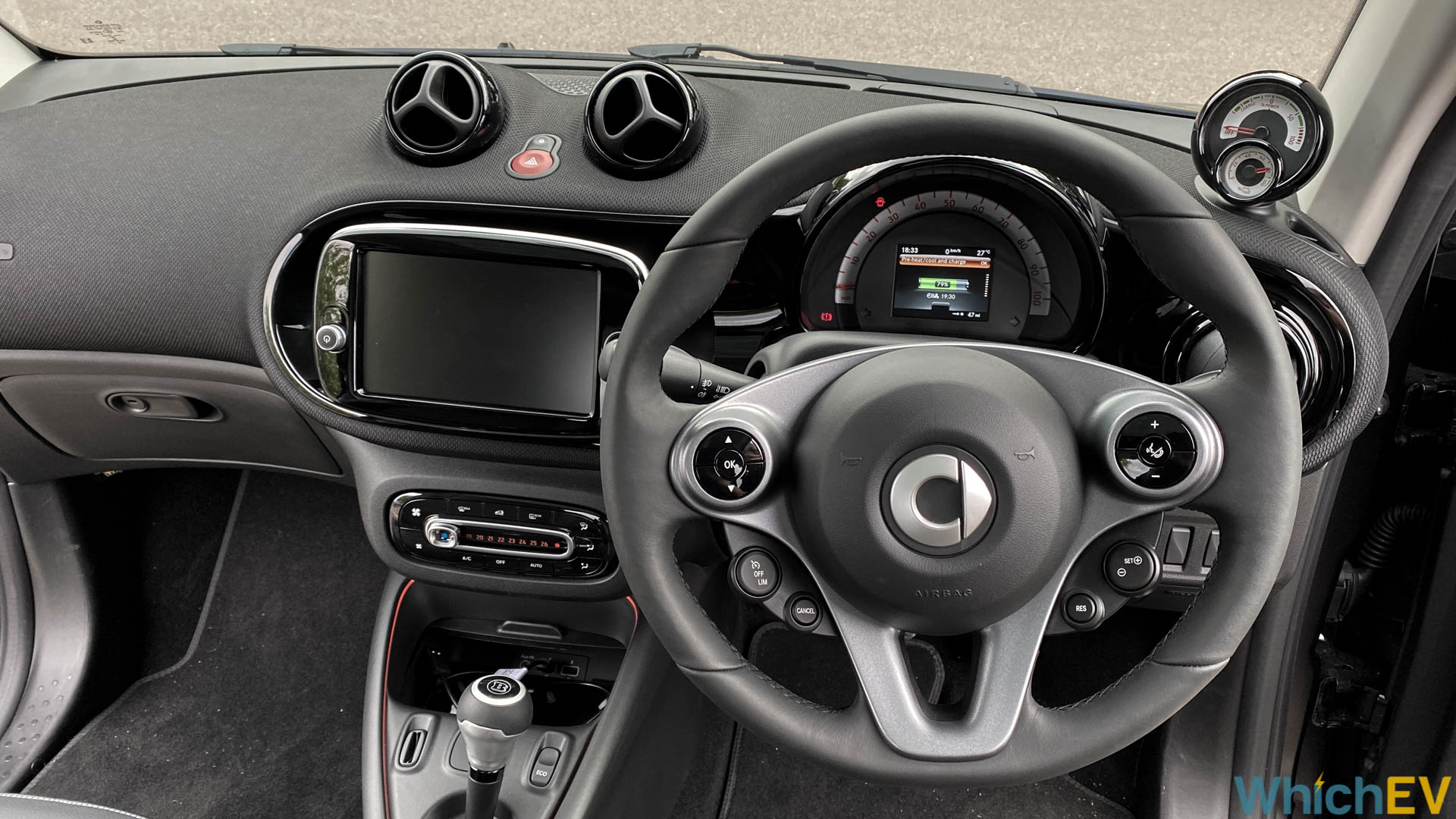
The steering wheel is chunky but standard, with a couple of buttons either side for changing menus on the dashboard display and volume, but there aren’t as many of these buttons as with some cars. There are some for the speed limiting cruise control and media operations. There are also traditional stalks for indicators and windscreen wipers.
You operate the drive controls with what looks like a conventional gearstick, although you have to press a button to move it out of park. There’s a switch to enable eco driving mode, so you can get a few more miles out of the battery. It appears to add about 10% to the range when enabled.
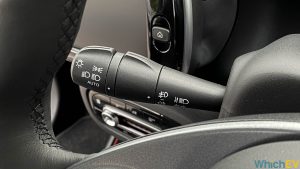
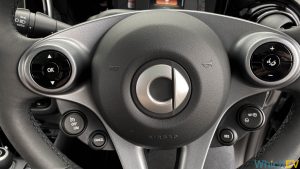
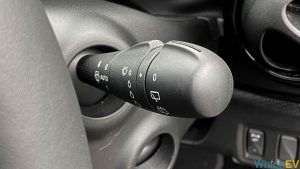
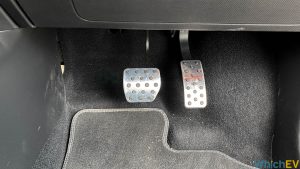
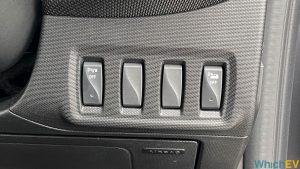
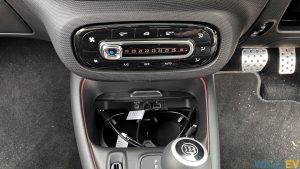
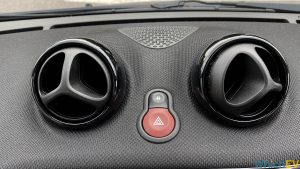
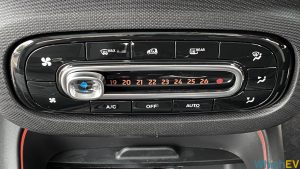
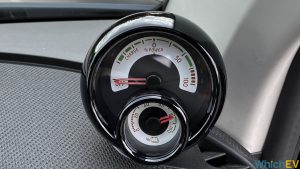
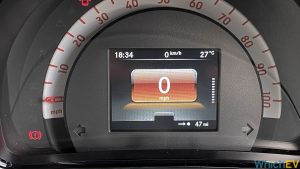
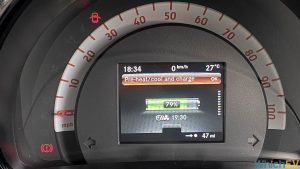
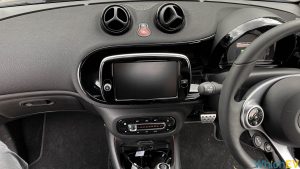
The air conditioning has a full complement of physical controls. They are not the most intuitive but work fine once you figure them out. This is a traditional system with one cold setting and only temperatures for the heater, operated via a slider.
We quite like the dashboard instrumentation, even if it is a bit retro too. On the top right there is a stylish round display showing engine power, with a battery percentage gauge below. Then, behind the steering wheel is a speedo and remaining range display. You can cycle through some trip computer screens as well using the buttons on the steering wheel. In fact, there are a lot of options here.
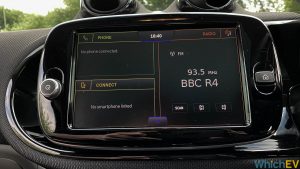
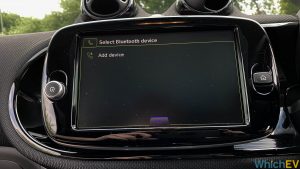
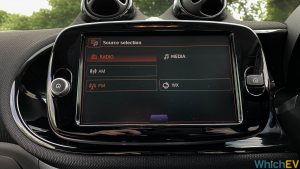
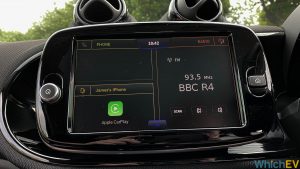
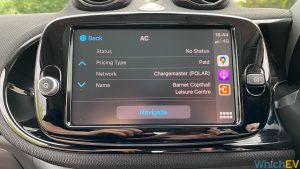
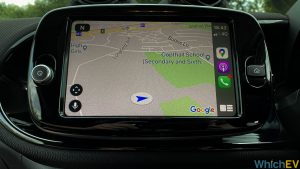
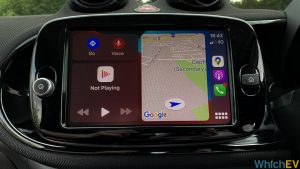
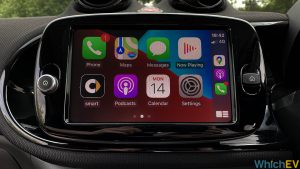
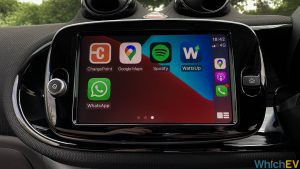
Speaking of retro, the central 8in LCD panel is rather barebones. You get an FM radio and allegedly DAB but we couldn’t find this on our sample vehicle. Then there’s the ability to connect a phone via Bluetooth for handsfree calling, and support for Apple Car Play and Android Auto. The latter is the essential saving grace because the thing you don’t get at all with the smart, not even as an option, is a satnav, so you will have to use your phone for this. Luckily, the connection to Apple CarPlay is painless and seems to work well. We had no trouble using it to navigate around London and play music through Spotify.
Performance and Driving
Performance is the biggest surprise with the smart EQ fortwo, because what you get on paper is not what it feels like in reality. All versions of the smart EQ fortwo have an 80hp motor, which isn’t that powerful but this car only weights 1,100kg so 0-62mph takes 11.6 seconds. This isn’t terrible but even a Renault Zoe is faster.
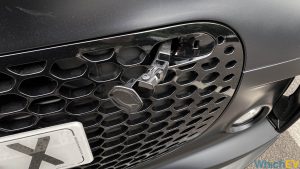
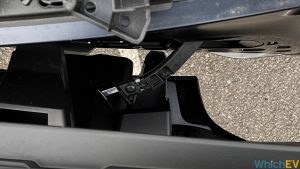
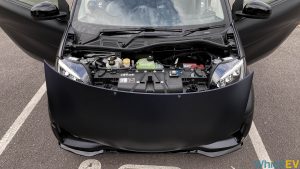
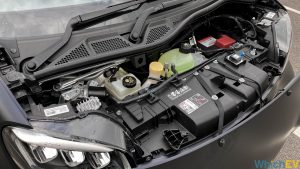
In practice, though, you’re not going to be getting to 62mph that often in this car, because of its inner-city focus. It feels very quick up to 20 or 30mph, which is exactly what you want for nipping around town. The short wheelbase also makes handling go kart like. This is a rear-wheel-drive car with the motor over the back wheels, so it has good traction, light steering, and no torque steer.
The smart EQ fortwo is no speed demon and it’s nothing like as sporty as a Mini Electric, a BMW i3 or even a Honda e. But it’s a different kind of car. It is much more focused on inner city usage with no pretention at all of going any further afield. The ride is decent enough, too. However, over speed bumps that short length does mean the car rocks back and forward obviously.
Despite the small size of this car, it can handle motorway speeds up to 81mph, but the range drops like a stone if you try this. We wouldn’t recommend it at all unless you are already wearing brown trousers. Overall, the smart EQ fortwo gets high marks for fun, though. Not top marks, but definitely high marks. It’s one of the best urban driving EVs we’ve tried, accomplishing exactly what it set out to. The turning circle is also phenomenal. You can go in a complete circle in about two lane widths, so you won’t be doing three-point turns, more like one-point turns.
Range and Charging
Beyond only having two seats, the other major limitation of the smart EQ fortwo is its range. This tiny car has a tiny 17.2kWh usable battery capacity. This gives the smart EQ fortwo a WLTP range of just 81 miles. This really precludes the fortwo from any kind of intercity travel. We drove from North London to Watford and found ourselves worrying about whether we had enough charge for the return leg.
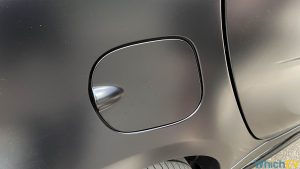
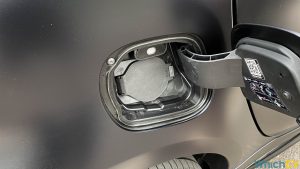
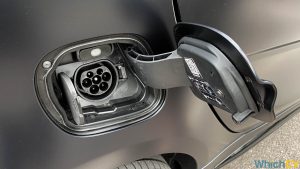
The drawbacks are even further accentuated by the lack of any DC rapid charging, although AC charging goes up to 22kW. If you can find a charger capable of this on AC, it will take less than an hour to reach 100%. On a regular 7kW wall box it will be more like four hours. There is an app for checking range and controlling charge schedules, but we weren’t given access to that for the review.
Running Costs
This is a really cheap car to run, costing just 2.9p per mile on a 14p per kWh supply. The warranty is for three years and unlimited miles, and the corrosion warranty is 12 years. The unlimited mileage sounds generous, but you’d be hard pressed to go many thousands of miles in a year in this car, unless you like stopping frequently. The battery has an eight-year, 62,000-mile warranty, however, although smart doesn’t say what percentage that is for. Insurance will be cheap, with all trim levels being in group 13 or lower.
Safety
There is no difference in safety features across all the types of EQ fortwo, and these aren’t extensive either. All cars have active brake assistance with forward collision warning. They also all have an acoustic presence indicator, so you don’t run over any blind people and their guide dogs. A feature called crosswind assist helps the smart stay upright in windy conditions, which sounds like a good thing if you’ve seen early examples of these cars end up tipped over.
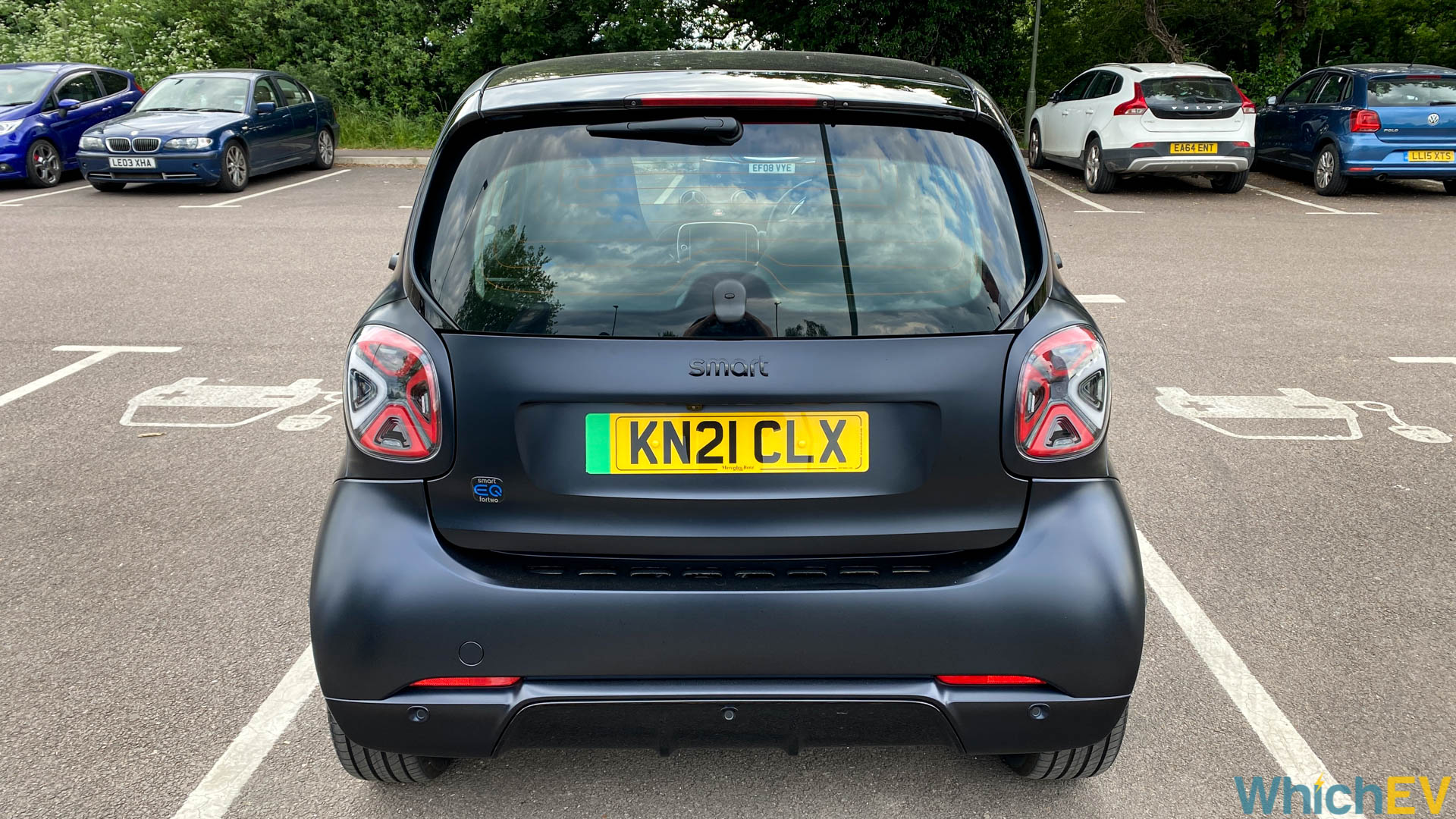
Cruise control with speed limiting is available across the range, but not with adaptive abilities. There’s also the usual electronic stability, ABS, and tyre pressure monitoring. You get a rear parking sensor and camera on all cars too. However – and this is another area where the smart shows its age as a platform somewhat – you don’t get lane departure warning or blind spot detection. We got along fine without them, though, because visibility is excellent front, side, and rear. There aren’t noticeable blind spots because this car is so short.
Price:
premium – £19,200; exclusive – £20,350; BRABUS line – £21,495; edition bluedawn – £22,495; cabrio add £2,400 (not available with bluedawn edition)
Range (WLTP):
81 miles
Charge time (7.4kW, 80%):
3 hours 18 minutes
Charge time (22kW, 80%):
40 minutes
Charge time (100kW, 80%):
N/A
Battery:
17.2kWh
On Board Charger:
22kW
Cost per mile*:
2.9p
0-62mph:
11.6 seconds
Top Speed:
81mph
Power:
80hp
Wheels driven:
Rear
Cargo:
260 litres
*based on electricity costs of 14p per kWh















![Toni Kroos là ai? [ sự thật về tiểu sử đầy đủ Toni Kroos ]](https://evbn.org/wp-content/uploads/New-Project-6635-1671934592.jpg)


